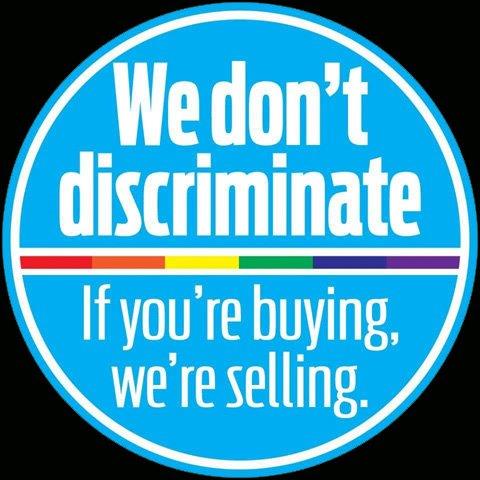 Your retail packaging must play by the established rules for labeling, dimensions, weight, units-per-pack, packs-per-box and so on. Your product must make it through the entire distribution system without getting crushed, marred, broken, misplaced, or misidentified.
Your retail packaging must play by the established rules for labeling, dimensions, weight, units-per-pack, packs-per-box and so on. Your product must make it through the entire distribution system without getting crushed, marred, broken, misplaced, or misidentified.
If your package can actually make it to the retail shelf or floor, only then do you have the luxury of further design to get noticed, convey your message, and display your product (the fun part).
Your challenge can be a little less complicated when you sell direct-to-consumer or over the internet or telephone by avoiding conventional distribution channels. However, if your product is inexpensive or heavy, the cost of common carrier costs make direct to consumer less practical, and you will have to go through a wholesale and retail process.
Here then are some of the many masters your retail packaging must serve and some of their demands:
1. Shipping.
One of the most efficient forms of shipping today is by container, either 20 or 44-footers. You see then whistling down the interstates on 18 wheel rigs. Inside each container are usually 2 rows of 4’x 4’ pallets or slip sheets which are carrying boxes of products for forklift handling in warehouses. Start your packaging design with the most efficient pallet configuration. Your design must fit snugly in boxes or cartons as tightly as possible to fill up that pallet. The weight and number of boxes per layer are determined by the commercial weight restrictions on the roads.
2. Warehousing.
For starters, your boxes have to be strong enough not to collapse when stacked or even when other pallets are stacked on top of them. Then they have to be labeled, identified with numbers, tax and international information, scan codes, contents, units contained, which side is up, “use no hooks” and “don’t cut here”. Warehouses are dark, so consider color coding. If you product is temperature sensitive, consider refrigeration. If it’s fragile, consider cushioning. The size of the box and its weight has to be carried by a person, so it probably should not exceed 40 pounds.
3. Marketing.
Your retail packaging must contain the UPC and other codes required by the retailer to be easy to scan, inventory and handle. Consider biodegradable packaging as a selling point. Your box and the packages inside want to be designed for easy merchandising. If the box itself is going to be displayed, it should have graphics and messages that encourage sales and complement your other boxes. For instance, a floor display may be more achievable if your stacked boxes make a super graphic statement. Special larger size boxes may accommodate the retailer who wants a bonus. Given the limited shelf space in most categories, you may choose to design your boxes to create their own shelf or floor space.
4. Shelf.
Depending on your category at retail, your shelf space may have its own requirements. Be sure your retail package takes into consideration the height of the shelf, the width of the slots, and the number of facings you want to achieve. Your product has to stand out from the others and send a compelling message to retail shoppers who are four to 6 feet away. Ideally your retail packaging should contain or display any small sign or tags with accolades, value queues or special offers. Whatever you can do on your end before it leaves your warehouse will make it to the retail shelf. It’s best not to rely on someone else to put up your merchandising signs after it hits the shelf.
5. End-User.
Your package must be easy to open, validate your customer’s choice, convey your brand promise, demonstrate value, and promote loyalty. Some retail packaging itself can actually market the brand to the end-user. Color and shape are critical to gain market attention and advantage. Consider a distinguishing shape for your retail packaging once you have satisfied all the above requirements. Your last chance to communicate with your customer is when she gets home with your package. It should be memorable and promote your brand identity.
If you can serve all these masters, your product will stand up, stand out and stand for something!



